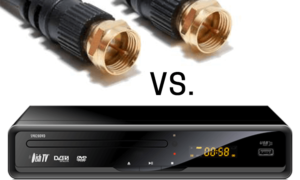To guarantee optimal efficiency, resource management plans organize, and allocate resources crucial to your business. These assets include both tangible and intangible assets. A resource is something that can be sold for a profit or that can be utilized to make something that can be sold for a profit. Chocolates, for example, are resources that can be sold whole for a profit or processed to create a new product that can be sold for a profit.
Resources that can be touched and felt are considered tangible resources. Tools and materials are examples of tangible resources. An intangible resource, on the other hand, is something that does not have a physical form, such as personnel, intellectual property, or time. Project planning tools can be really of help – as with resource management and with project management itself. Here are some tips on how to improve your resource management.
1. Prevent resource over-allocation
Over-allocating resources are something you’re familiar with if you operate a busy firm that’s always trying new things. Effective resource management leads to resource planning, so teams don’t have to wait for resources to become available—they know when they are.

2. Don’t forget about digital resources
Digital resources may rapidly become overwhelming, particularly when companies join up for various software and asset services. IT teams must monitor these digital resources to ensure that teams are not doubling up on billing rather than purchasing additional user licenses. Companies with effective digital asset management know what digital assets they own and can rapidly audit them as needed.
3. Try a different approach to work
Accept varied styles of functioning throughout the business and resources. A specific methodology may assist different sorts of work, and even various groups within your business. As a result, guarantee that the techniques and methods chosen align and produce efficiencies. A more consistent roll-up at higher levels can give the metrics required for a holistic perspective of your business. This enables your business to organize, coordinate, and deliver work using a variety of approaches such as traditional, milestone-driven, iterative, and so on.
4. Find resource management software
The resource management software sector has grown rapidly over the last ten years. You can use this software to automate the process of acquiring new resources for teams, centralize resource management, and provide varying levels of access to the people of your firm. Resource management software may take your resource management skills to the next level, resulting in increased corporate efficiency.

5. Get help from an agency
Specialized agencies can conduct an audit to evaluate all of your company’s resources. These services are ideal if you’ve recently taken over another company and need to swiftly assess your resources. The benefit of using a resource management service is that these organizations are specialists in their field and can perform a better job than someone in-house who has never handled this type of responsibility before.

Understanding that high resource utilization does not imply good resource management is an important component of the problem regarding resource management. The objective is to ensure that your resources are engaged in tasks that are aligned with strategic corporate goals, complement their competencies, and have high capacity.
Businesses consistently overcommit their different resources, limiting development and innovation. Identifying what task or request to take on next and when resources will be accessible are also significant problems. With these tips, you can start to improve your resource management in a short period.










